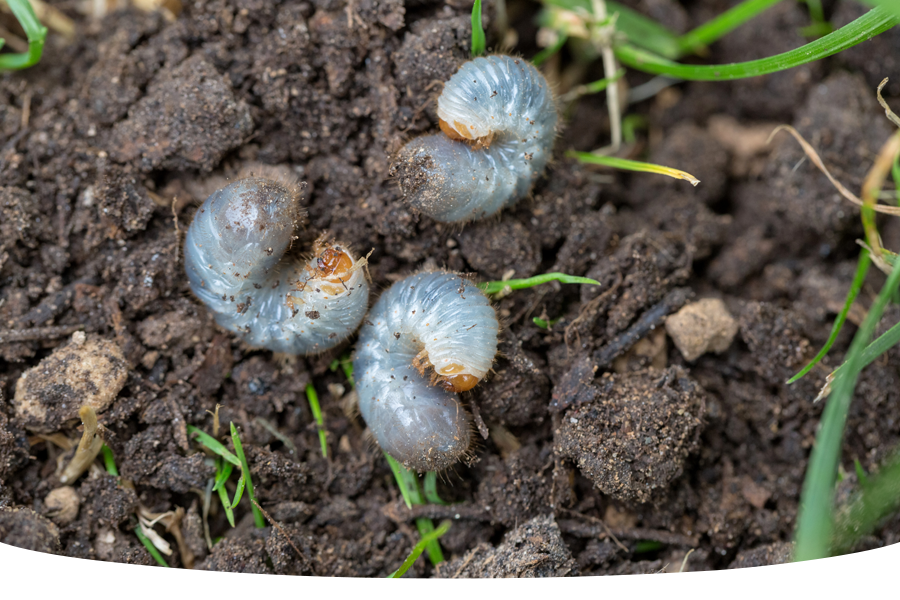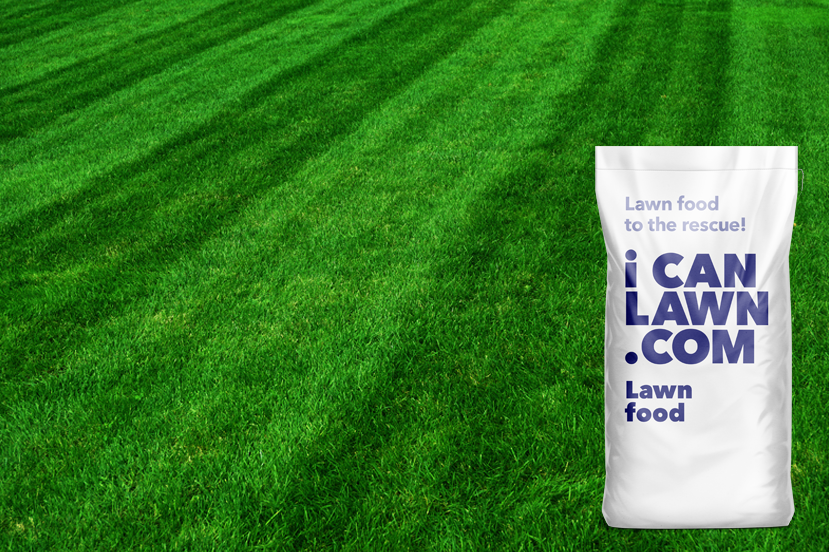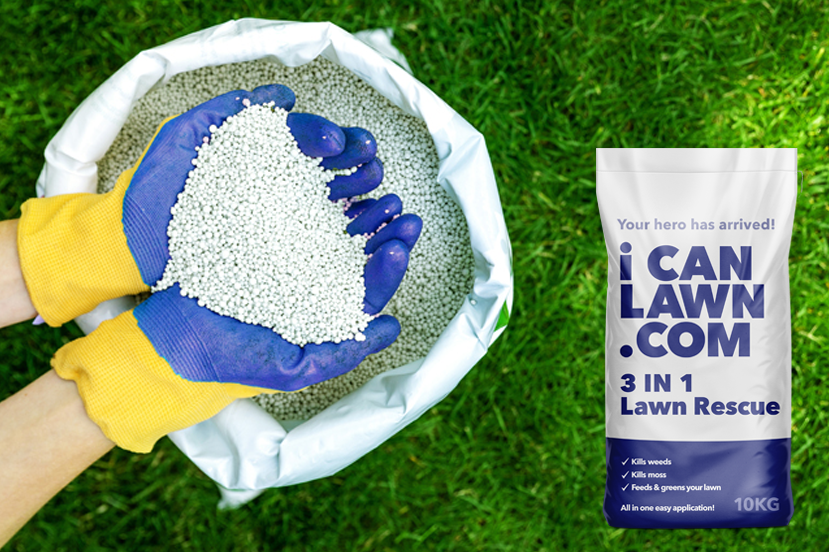Lawn diseases
All lawns are vulnerable to disease and despite lots of care, some are simply out of our control! The most common diseases you are likely to come across in your lawn are Red Thread and Damping Off throughout the year at various times, and Snow Mould in the winter.
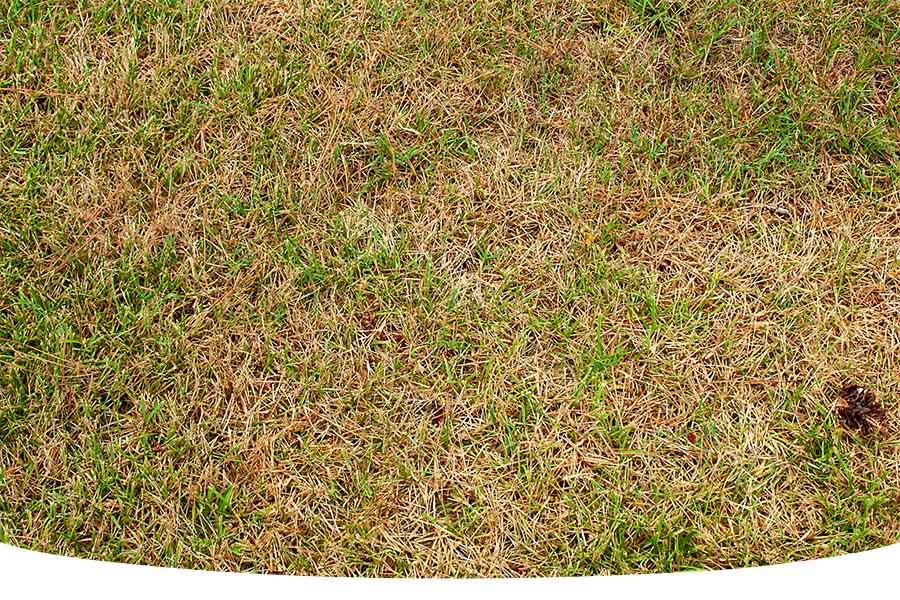
All of these diseases are caused by fungi (nasty but naturally occurring bacteria) that become activated in certain conditions, such as humid or very wet weather. Find out how to cure your lawn of these common diseases below.
Red Thread
Just like we need our vitamins, lawns need a certain balance of nutrients to keep them healthy! Red Thread is caused by a lack of nitrogen in your lawn, and you will know if your lawn is suffering from Red Thread as your green grass blades will turn a pinky-red colour. Warm and wet weather can cause the Red Thread fungi to grow, encouraging it to infect your lawn.
Although unsightly, Red Thread can be quickly and easily cured. Nitrogen can be added to your soil to give your grass the boost of nutrients it needs, and lawn food with a high nitrogen content, such as our Oh So Green, will be best at helping your lawn to recover from Red Thread and preventing it.
Here’s how you should cure your Red Thread:
- Apply Oh So Green at the recommended rate of 70g per m2.
- Water the lawn food granules in until they are completely dissolved
- Allow the product to work over 6 weeks to green up your lawn and remove the Red Thread disease.
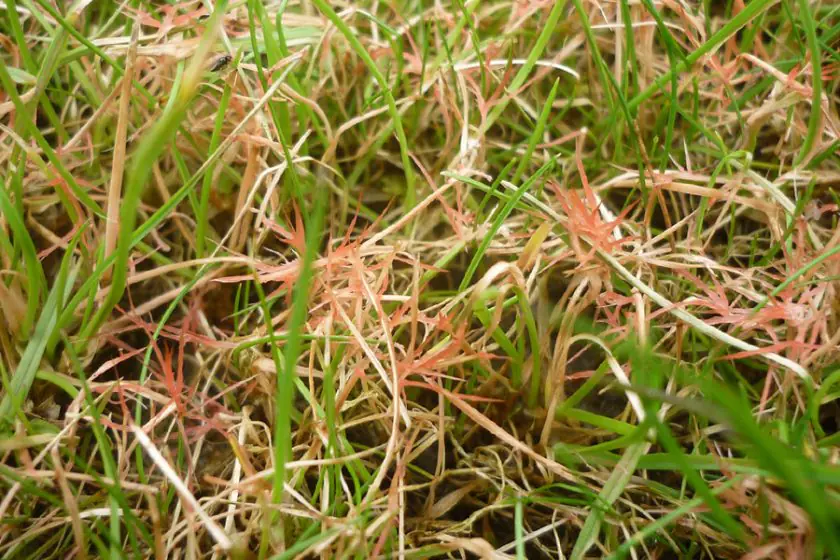
Damping Off
Damping off can occur if you have recently sown a new lawn or overseeded your existing lawn. Similar to Red Thread, it can take hold of your lawn when weather conditions are humid with heavy rainfall, creating a hotbed for fungi to grow and multiply.
This particular disease can cause emerging seedlings to collapse or never to emerge at all. Although this can occur at different times of year, it is most likely to happen in spring. Whilst there is no cure for Damping Off besides removal of the dead seedlings and starting from scratch again, you can help to prevent it by ensuring you sow / overseed your lawn in the right weather conditions. This means sowing when temperatures are 10 degrees and above, with no extreme weather conditions (floods, snow, frost or heatwaves) forecast for the first two weeks post-sowing.
Snow Mould
As its name suggests, Snow Mould is most likely to occur in the winter months. If snow lingers on your lawn for too long, it can cause fungi to grow, encouraging yellow – brown spots to develop on your lawn. It can be difficult to control, so the best course of action here is prevention. If you have prolonged snowfall on your lawn for a number of days, you should aim to shovel it off in sections so that when it begins to melt, the moisture isn’t returning to your grass, encouraging more fungi to grow.






